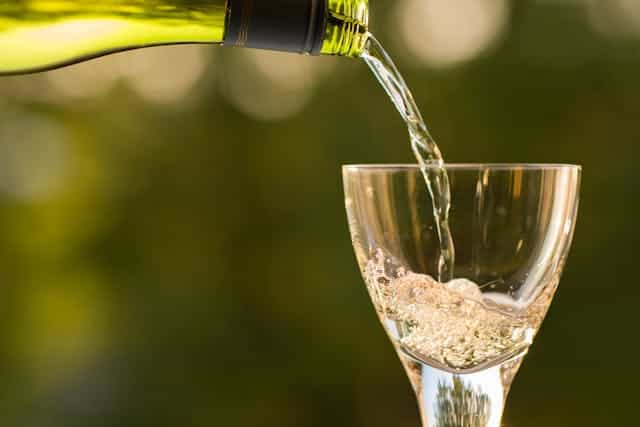Dandelions might be considered pesky weeds by some, but did you know that they can also be transformed into a flavorful and refreshing homemade wine? Making your own dandelion wine at home is not only a rewarding hobby but also an excellent way to enjoy the delightful flavors of nature. In this step-by-step guide, we will explore the process of making dandelion wine and discover the satisfaction of creating your very own vintage.
Harvesting the Dandelions
The first step in making dandelion wine is to gather the flowers during their peak season. Look for bright yellow, fully open blooms on a sunny day. It’s important to choose flowers free from pesticides or other chemicals, so consider harvesting them from your yard or a trusted organic source.
Cleaning and Preparing the Flowers
Once you have collected sufficient dandelion flowers (approximately 4 cups for a small batch), it’s time to clean them. Remove any green parts, as they can add bitterness to your wine. Gently rinse the petals in cold water to wash away dirt or bugs.
Infusing with Water
To extract the essence of dandelion, it’s time for an infusion process. In a large pot, bring 16 cups of water to a boil and then remove it from heat. Add the cleaned dandelion petals, and cover the pot with a lid. Allow the mixture to steep overnight, giving the petals ample time to infuse their floral goodness into the water.
Adding Flavorful Elements
The next day, strain off the infusion by pouring it through cheesecloth or a fine-mesh sieve into another clean pot or fermenter vessel. This step removes any remaining solids from the liquid and ensures clarity in your final product.
Now, it’s time to add ingredients that will enhance the flavors of your dandelion wine. Start by adding one sliced orange (including the peel), one sliced lemon (including the peel), and three cups of sugar to the liquid. Stir gently until the sugar has dissolved. These citrus fruits will add a bright, zesty taste to your wine.
The Fermentation Process
Yeast plays a crucial role in turning your dandelion infusion into wine. To kickstart fermentation, you’ll need to add yeast to the mixture. Dissolve one packet of wine yeast in a small amount of warm water and let it activate for several minutes before adding it to the pot.
Cover the pot or fermenter vessel with a clean cloth or plastic wrap, securing it with a rubber band to prevent dust or other contaminants from entering while letting gases release during fermentation. Place it in a cool and dark location, such as a cellar or closet, and allow it to ferment for about three weeks.
Bottling and Aging
Once fermentation has completed, transfer your dandelion wine into glass bottles using either a siphon tube or simply pouring carefully without disturbing any sediment that may have settled on the bottom of your vessel. It’s important not to fill the bottles completely but to leave some headspace at the top.
Now comes an essential step—aging your homemade dandelion wine. Seal each bottle tightly with corks or screw caps and store them in a cool place away from direct sunlight for at least six months before opening.
Enjoying Your Homemade Dandelion Wine
After patiently waiting for your homemade dandelion wine to age, it’s time to uncork one of those bottles and savor its unique flavors. Serve chilled in delicate glassware, appreciating not only its extraordinary taste but also the fulfillment that comes from creating something delightful with your own hands.
Remember, making dandelion wine at home requires patience and attention to detail. The process may take several months, but the outstanding result will be well worth the effort. So, gather some dandelion flowers, roll up your sleeves, and embark on a journey of winemaking that connects you with nature’s bounty in surprising and delightful ways.
Happy crafting, and cheers to your very own dandelion wine!




Comments are closed.